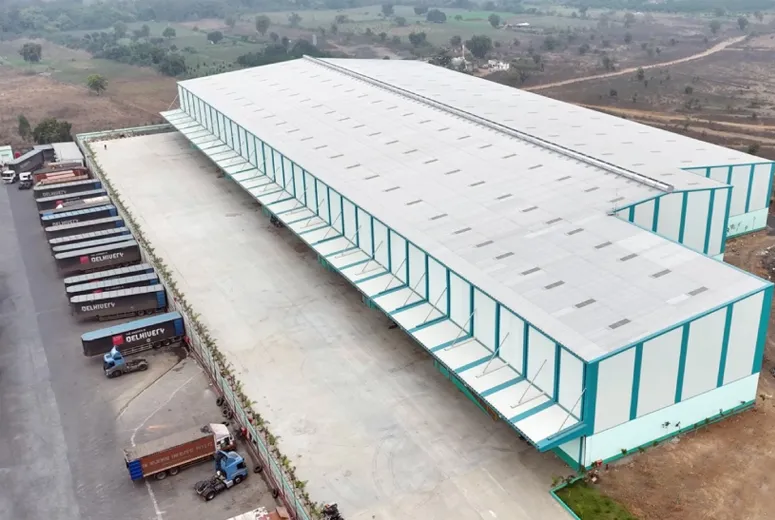- Afrikaans
- Albanian
- Amharic
- Arabic
- Armenian
- Azerbaijani
- Basque
- Belarusian
- Bengali
- Bosnian
- Bulgarian
- Catalan
- Cebuano
- Corsican
- Croatian
- Czech
- Danish
- Dutch
- English
- Esperanto
- Estonian
- Finnish
- French
- Frisian
- Galician
- Georgian
- German
- Greek
- Gujarati
- Haitian Creole
- hausa
- hawaiian
- Hebrew
- Hindi
- Miao
- Hungarian
- Icelandic
- igbo
- Indonesian
- irish
- Italian
- Japanese
- Javanese
- Kannada
- kazakh
- Khmer
- Rwandese
- Korean
- Kurdish
- Kyrgyz
- Lao
- Latin
- Latvian
- Lithuanian
- Luxembourgish
- Macedonian
- Malgashi
- Malay
- Malayalam
- Maltese
- Maori
- Marathi
- Mongolian
- Myanmar
- Nepali
- Norwegian
- Norwegian
- Occitan
- Pashto
- Persian
- Polish
- Portuguese
- Punjabi
- Romanian
- Russian
- Samoan
- Scottish Gaelic
- Serbian
- Sesotho
- Shona
- Sindhi
- Sinhala
- Slovak
- Slovenian
- Somali
- Spanish
- Sundanese
- Swahili
- Swedish
- Tagalog
- Tajik
- Tamil
- Tatar
- Telugu
- Thai
- Turkish
- Turkmen
- Ukrainian
- Urdu
- Uighur
- Uzbek
- Vietnamese
- Welsh
- Bantu
- Yiddish
- Yoruba
- Zulu
Oct . 12, 2024 20:22 Back to list
Understanding Steel Construction Costs
Steel construction is a critical component of modern infrastructure, providing strength, durability, and versatility for various applications. However, the costs associated with steel construction can vary significantly based on several factors, including market prices, material sourcing, design specifications, and economic conditions. This article delves into the factors influencing steel construction costs and the implications for construction projects.
1. Material Costs
The primary driver of steel construction costs is the price of raw steel. The steel market is influenced by several elements including global demand, supply chain dynamics, and production costs. For instance, when global economies are booming, the demand for steel increases, resulting in higher prices. In contrast, during economic downturns, demand diminishes, often leading to falling prices. Additionally, fluctuations in the price of raw materials such as iron ore, coal, and scrap metal directly affect steel prices. As these commodities experience price shifts, so too does the cost of steel construction.
2. Fabrication and Labor Costs
Aside from material costs, fabrication expenses play a significant role in the overall cost of steel construction. Fabrication involves cutting, shaping, and assembling steel components to meet project specifications. This process requires specialized skills and equipment, contributing to labor costs. The availability of skilled labor can also impact costs; in regions where labor is scarce, wages may rise, thereby increasing the overall expenses associated with steel construction.
3. Transportation and Logistics
Transportation costs are another vital factor in steel construction costs. Steel is often sourced from different locations, and the expenses related to shipping can vary considerably based on distance, logistical challenges, and fuel prices. Projects located in remote areas may face higher transportation costs, which can significantly increase the overall project budget. Conversely, proximity to steel mills can lead to lower logistical expenses, benefiting the cost structure of projects.
steel construction cost

4. Design and Engineering Considerations
The complexity of a project’s design can also influence steel construction costs. Unique architectural features or specialized structural requirements may necessitate custom fabrication, which can be more expensive than standard components. Advanced engineering solutions aimed at improving structural performance or reducing material usage can also incur additional costs related to design and analysis.
5. Economic and Regulatory Factors
Macroeconomic conditions and regulatory environments can further impact steel construction costs. Changes in government policies, trade tariffs, and regulations can lead to increased costs for steel importation and exports. For example, higher tariffs on steel imports can contribute to rising domestic prices, affecting construction budgets across the board. Additionally, economic trends such as inflation can lead to rising costs for both materials and labor, necessitating careful budget planning for construction projects.
6. Strategies to Manage Costs
To manage and mitigate steel construction costs, project managers can employ several strategies. Engaging in bulk purchasing or long-term agreements with suppliers can lead to more favorable pricing. Additionally, incorporating value engineering techniques can help identify cost-saving opportunities within the design phase without compromising on quality or safety. Careful planning and effective project management can also help mitigate delays and associated costs.
Conclusion
In summary, understanding the various components that contribute to steel construction costs is crucial for effective project planning and management. By taking into account fluctuations in material prices, fabrication and labor costs, transportation logistics, design complexities, and economic factors, stakeholders can make informed decisions that ultimately lead to more efficient and cost-effective steel construction projects. As the global market continues to evolve, staying informed about these factors will be key to navigating the challenges of steel construction in the future.
-
How Do Prefabricated Steel Structures Transform Modern Construction?
NewsJul.14,2025
-
How Do Prefabricated Metal Buildings Redefine Modern Construction?
NewsJul.14,2025
-
How Do Prefab Insulated Metal Buildings and Steel Structures Revolutionize Modern Construction?
NewsJul.14,2025
-
How Do Pre - Engineered Steel Structures Redefine Modern Construction?
NewsJul.14,2025
-
Advancing Modular Construction with Prefabricated Metal Structures
NewsJul.14,2025
-
Advancing Industrial Infrastructure with Prefabricated Steel Solutions
NewsJul.14,2025
Products categories
Our Latest News
We have a professional design team and an excellent production and construction team.












